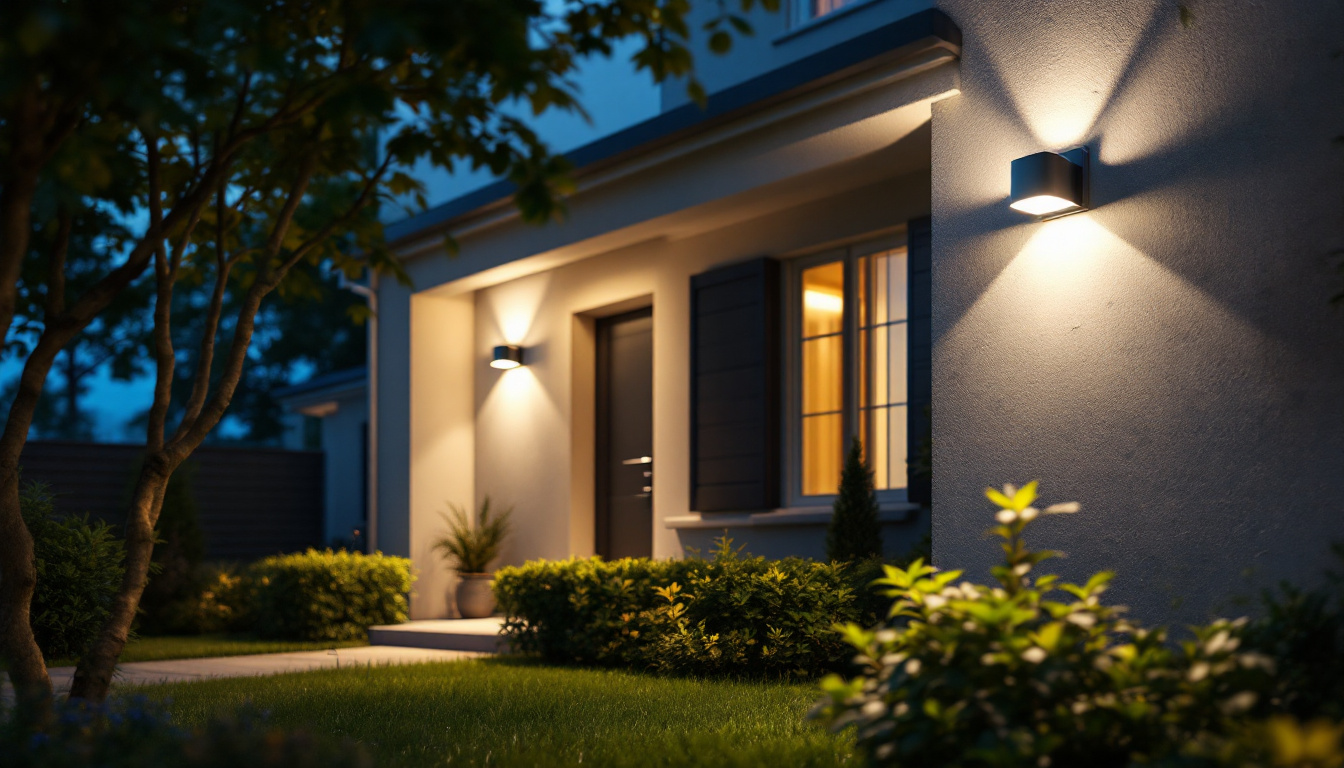
Recessed lighting has become an essential element in modern interior design, offering a sleek and unobtrusive way to illuminate spaces. For lighting contractors, understanding the nuances of recessed lighting kits can significantly enhance project outcomes and client satisfaction. This article provides key tips that can help contractors navigate the complexities of selecting, installing, and maintaining recessed lighting systems.
Recessed lighting kits are comprehensive packages that typically include all necessary components for installation. These kits often contain the housing, trim, and sometimes the light bulbs, allowing for a streamlined approach to lighting design. For contractors, familiarity with the various types of kits available is crucial for meeting diverse client needs. The convenience of having all components in one package not only saves time during installation but also ensures compatibility between parts, minimizing the risk of issues down the line.
Moreover, recessed lighting kits can enhance the aesthetic appeal of a space. By providing a clean and modern look, they can seamlessly integrate into various design styles, from contemporary to traditional. Homeowners often appreciate the ability to create a more open and spacious feel, as recessed lights can be strategically placed to highlight architectural features or artwork, contributing to the overall ambiance of a room.
There are several types of recessed lighting kits, each designed for specific applications. The most common types include:
Each recessed lighting kit typically includes several key components:
Proper installation is crucial for the performance and longevity of recessed lighting systems. Contractors must pay attention to several factors during the installation process.
Before installation begins, planning the layout of the recessed lighting is essential. Factors to consider include:
Electrical safety is paramount when installing recessed lighting. Contractors should adhere to local codes and regulations, ensuring that:
The trim and finish of recessed lighting fixtures play a significant role in the overall aesthetic of a space. Selecting the right options can enhance the design while providing functional lighting.
There are several trim styles to choose from, each offering a unique look:
The finish of the trim can significantly affect the overall look of the recessed lighting. Common finishes include:
As energy efficiency becomes increasingly important, contractors should consider the sustainability aspects of recessed lighting kits. Selecting energy-efficient options can benefit both the environment and the client’s utility bills.
LED bulbs have emerged as the preferred choice for recessed lighting due to their numerous advantages:
Many utility companies offer rebates and incentives for using energy-efficient lighting solutions. Contractors should stay informed about these programs, as they can provide additional savings for clients and encourage the adoption of sustainable practices.
Even experienced contractors can make mistakes during the installation of recessed lighting. Being aware of common pitfalls can help ensure a successful project.
One frequent oversight is failing to account for ceiling joists when planning the layout. This can lead to difficulties in installation and improper fixture placement. Always double-check the location of joists before cutting into the ceiling.
Improper spacing between fixtures can result in uneven lighting. A general rule of thumb is to space recessed lights about 4 to 6 feet apart, but this may vary depending on the ceiling height and room size. Proper planning is key to achieving balanced illumination.
Many clients appreciate the ability to control the brightness of their lighting. Neglecting to install dimmer switches can limit the versatility of the lighting system. Contractors should discuss dimming options with clients during the planning phase to enhance the functionality of the installed fixtures.
Once the recessed lighting system is installed, ongoing maintenance is essential for ensuring optimal performance. Contractors should educate clients on basic upkeep and troubleshooting techniques.
Dust and debris can accumulate on recessed lights, diminishing their effectiveness. Regular cleaning is important to maintain brightness and prevent overheating. Clients should be advised to gently wipe the fixtures with a soft cloth periodically.
In the event of issues such as flickering lights or complete outages, contractors should provide clients with guidance on troubleshooting. Common problems may include:
Recessed lighting kits offer a versatile and stylish solution for illuminating spaces. By understanding the different types of kits, installation best practices, and maintenance requirements, lighting contractors can enhance their service offerings and ensure client satisfaction. Staying informed about energy efficiency and common pitfalls will further elevate the quality of installations. As the demand for modern lighting solutions continues to grow, contractors equipped with this knowledge will be well-positioned to succeed in the competitive lighting industry.
Ready to take your lighting projects to the next level? At LumenWholesale, we provide lighting contractors with the finest selection of recessed lighting kits that combine style, efficiency, and affordability. Say goodbye to overpriced products and hello to our spec-grade lighting solutions that meet the highest industry standards. With free shipping on bulk orders, you can stock up on premium lighting without the worry of hidden fees. Elevate your installations with the quality and value that only LumenWholesale can offer. Wholesale Lighting at the Best Value is just a click away.

Discover how LED outdoor security light bulbs are transforming projects for lighting contractors with real-world success stories.

Discover why Satco is a game-changer for lighting contractors.

Discover everything lighting contractors need to know about 2X4 flat panel LED lights in this comprehensive guide.

Discover how Light Wall LED technology is revolutionizing the lighting industry by offering contractors a cost-effective and time-saving solution.